A new way to cast your phone onto the seatback screen? It exists, but some airlines have concerns
If you’re hoping to watch a movie, show or video inflight, your options are fairly straightforward. You can watch what the airline offers on its seatback screens (assuming your plane has screens) or stream something on your own device. But, in the not-too-distant future, some airlines could offer an entirely new option: a way to …

If you’re hoping to watch a movie, show or video inflight, your options are fairly straightforward. You can watch what the airline offers on its seatback screens (assuming your plane has screens) or stream something on your own device.
But, in the not-too-distant future, some airlines could offer an entirely new option: a way to cast video from your phone, tablet or laptop onto the inflight entertainment system screens.
Last week, Aerospace giant Safran unveiled new technology that would allow passengers to use the seatback screens to play the content that’s on their personal electronic devices.
Picture how an iPhone user can AirPlay onto their TV at home or project their laptop onto the screen inside a conference room.
Inflight entertainment could, someday soon, look similar under this new advancement.
“We’re going to, by doing this, create a connected, passenger-curated experience,” Ben Asmar, Safran’s vice president of products and strategy, said while addressing reporters last week at Aircraft Interiors Expo — a major industry gathering in Hamburg, Germany.

How inflight screencasting could work
I got a look at Safran’s new setup, which would work with a range of electronic devices.
You’d have to go through a syncing-up process similar to how you set up the link between your phone and TV before a screencasting session.
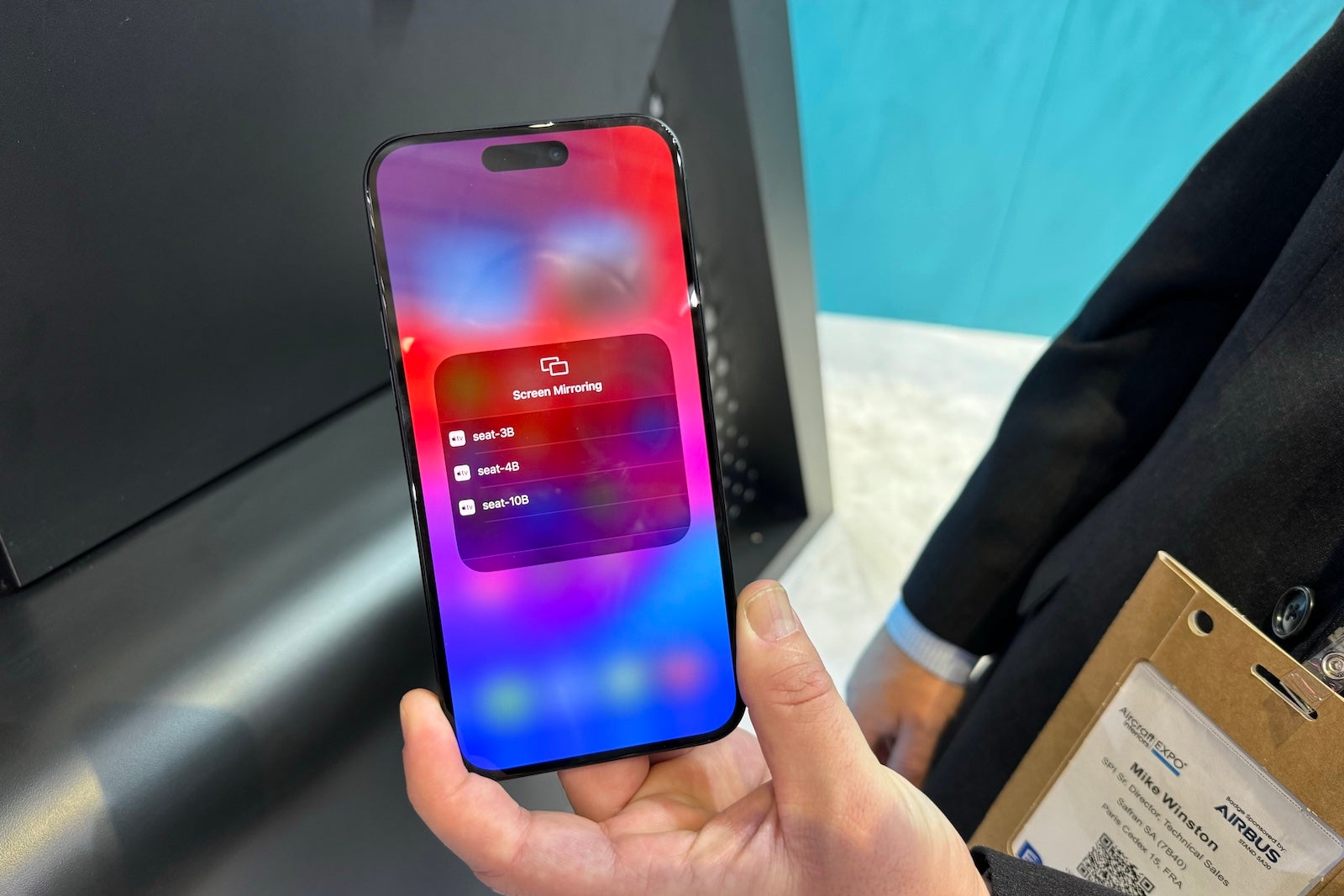
Then, Safran’s 4K screens could mirror what’s on your phone’s home screen and shift to full-screen mode when a video plays (or when you swipe through photos of your recent vacation).
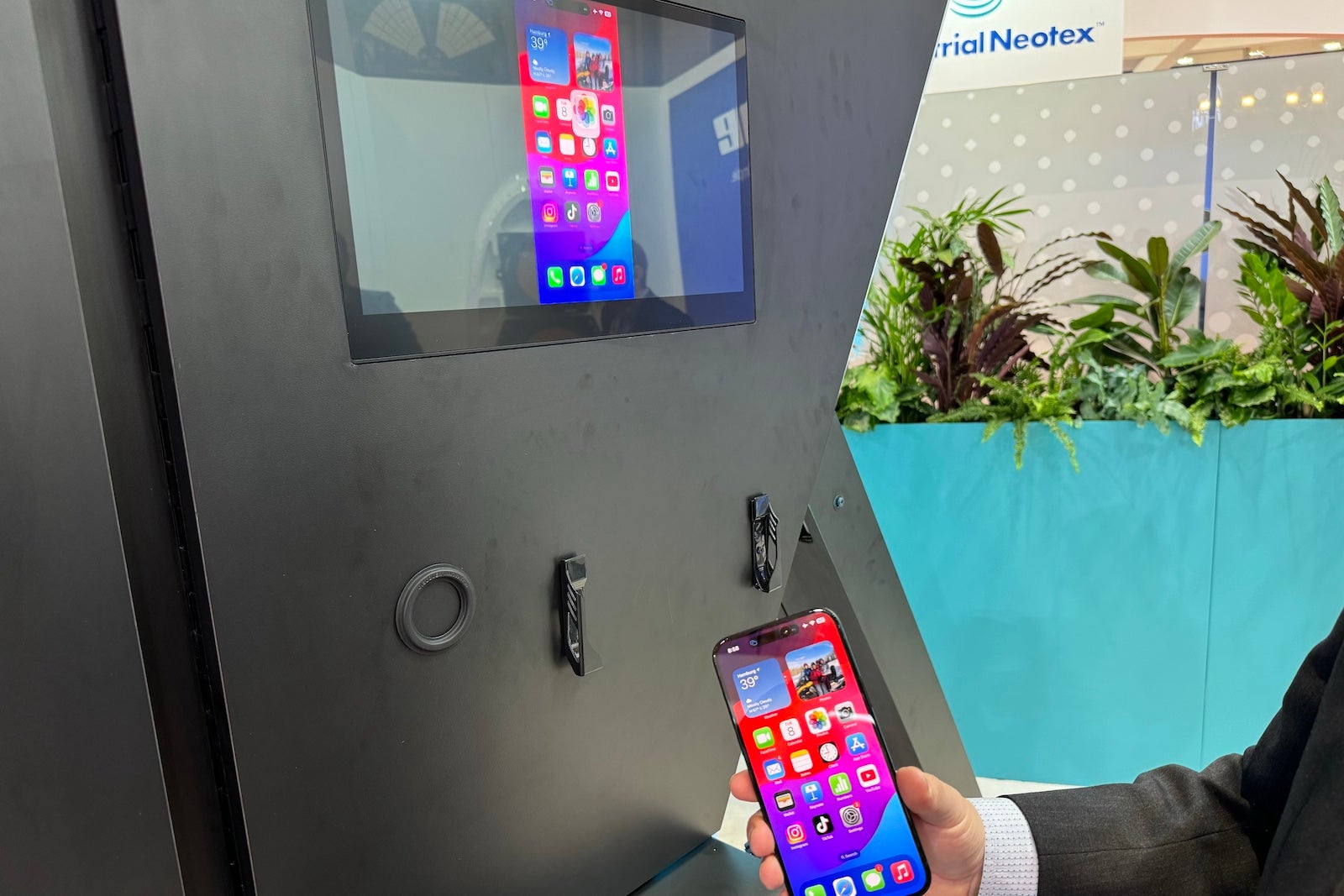
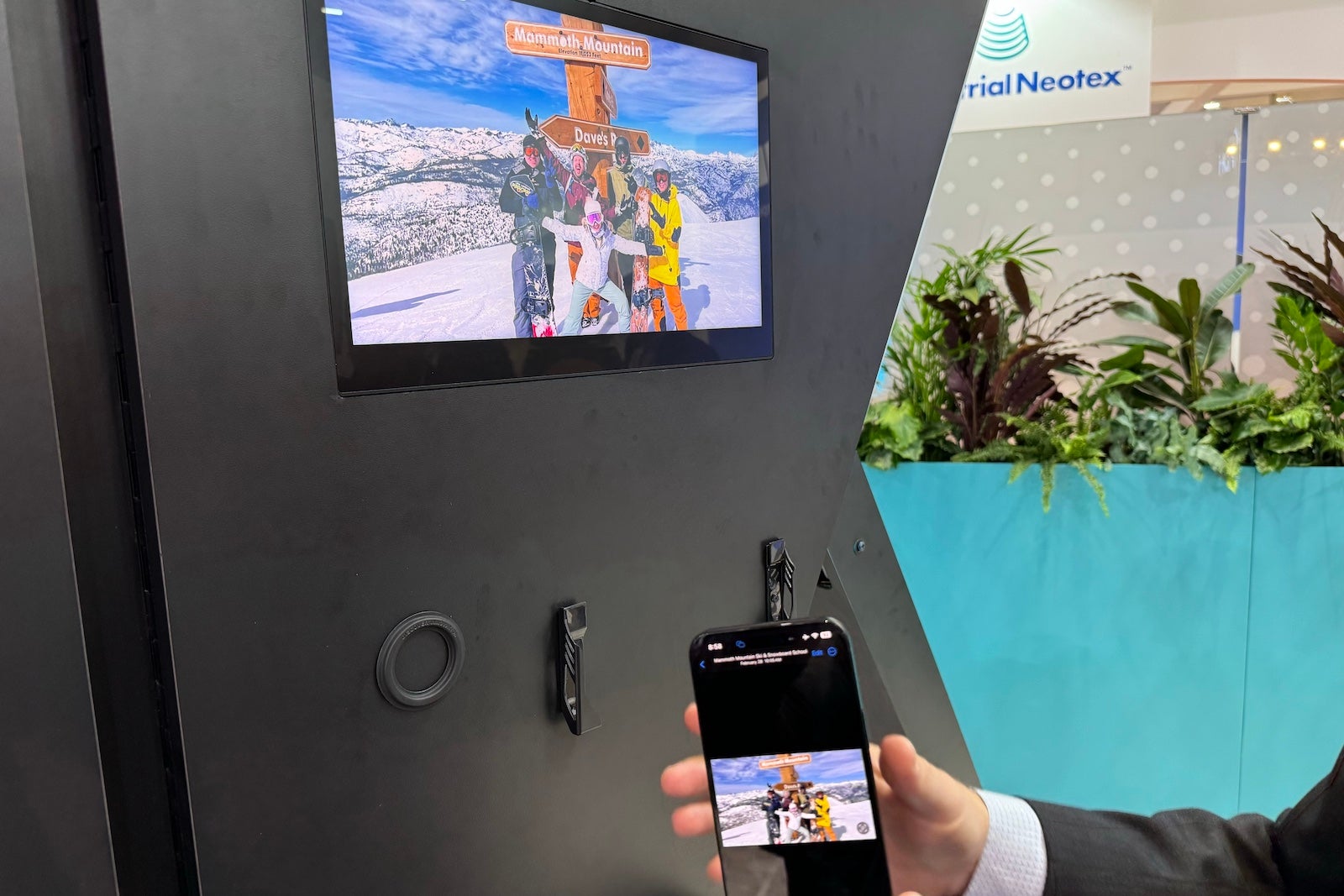
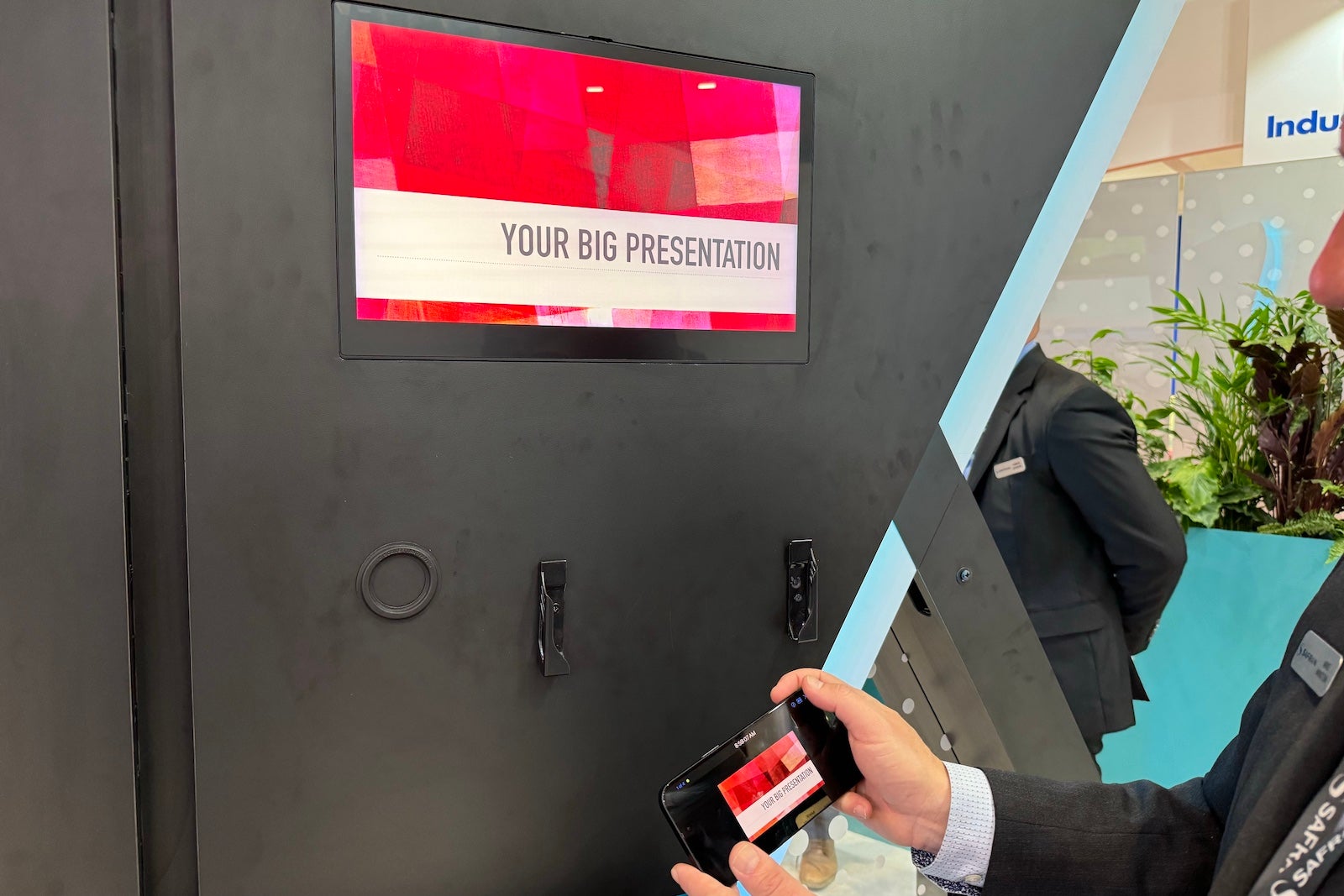
Safran demonstrated that the setup also allows business travelers to prepare for an upcoming meeting by using the seatback screen as a second monitor.
Suffice to say, this isn’t your inflight entertainment experience of the 1980s or 1990s, when the entire plane, in unison, watched the same movie playing on mounted screens — a distant memory I recently saw preserved on a retired Delta Air Lines Boeing 767 at the just-renovated Delta Flight Museum in Atlanta.
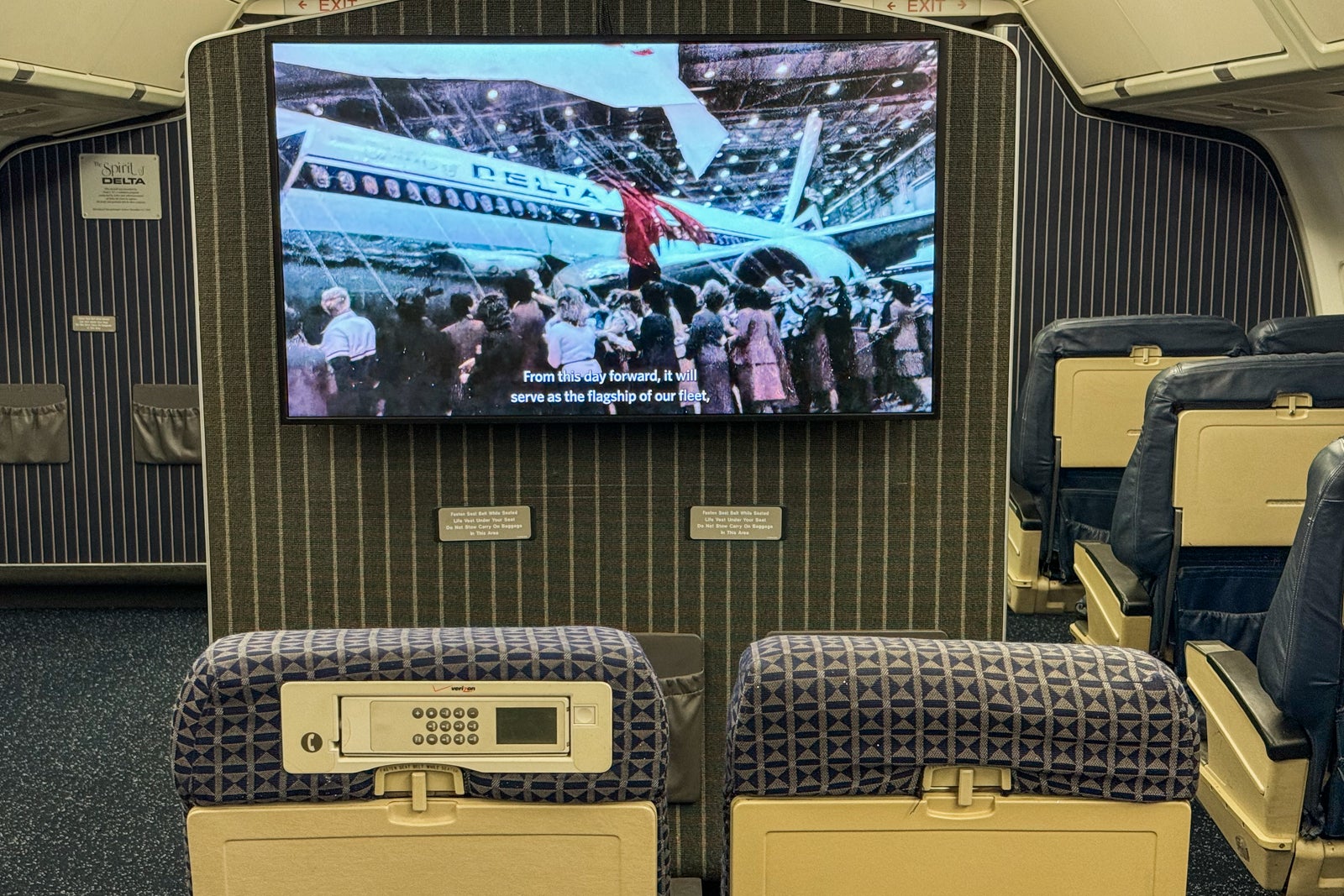
“We think this is the first step in terms of redefining what [inflight entertainment] can be, and how passengers can consume content on board,” Asmar said.
Logistical concerns abound
Of course, allowing passengers to cast personal devices onto onboard screens has its fair share of logistical hurdles and practical concerns.
Seth Miller, passenger experience-focused journalist at PaxEx.Aero, noted long-standing industry concerns about what type of content customers might conceivably opt to cast onto their screens — such as adult content — and asked how such snafus might be avoided.
“We’ll have checks and balances in place, for sure,” Asmar explained at the news conference. “Ultimately, it will be up to the airline to determine what content they want to show and [don’t] want to show.”
When speaking with me, the company acknowledged another possible roadblock: whether screencasting content from major streaming providers (like Disney, Paramount and the like) could introduce licensing hurdles in exchange for allowing copyrighted content to be broadcast from a personal device onto a seatback screen.
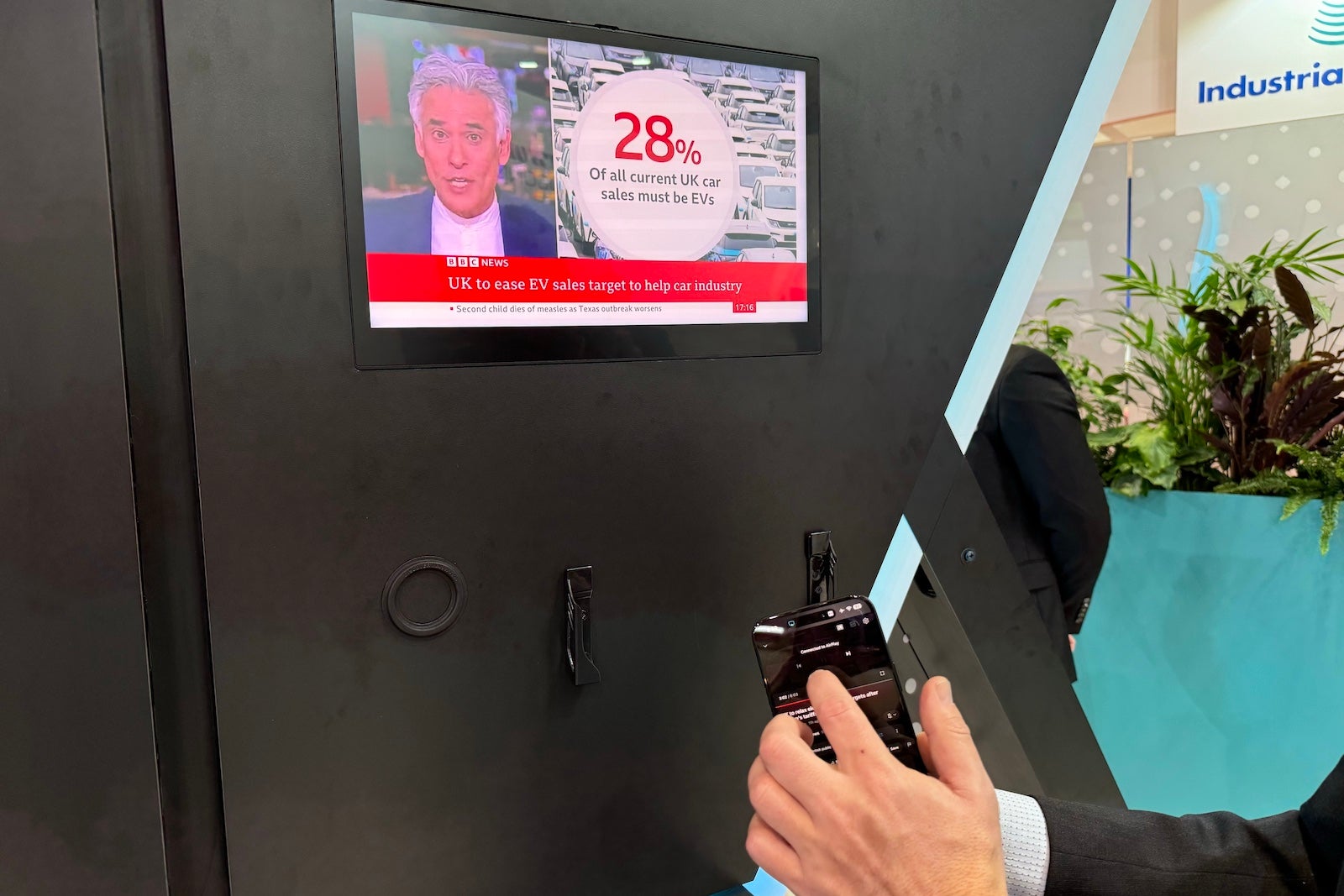
Bottom line
So, will this option be available on a flight you take in the near future?
Safran executives told me that U.S.- and Europe-based airlines remain broadly hesitant to allow passengers to cast their devices onto seatback screens at this point. However, they said major global carriers from other regions have voiced interest in the technology.
Still, that such technology even exists — and that onboard Wi-Fi infrastructure can support it — speaks to the inflight tech arms race, of sorts, that has seen airlines routinely aim to outdo one another with the newest bells, whistles and entertainment offerings.
Look no further than United Airlines’ plans to outfit its jets with free Wi-Fi from Starlink and make all its inflight screens Bluetooth headphone-accessible. Delta Air Lines, for its part, is well into outfitting its fleet of jets with free Wi-Fi. It also recently announced a host of inflight entertainment upgrades, including a new onboard partnership with streaming giant YouTube.
Related reading:
- The best time to book flights for the cheapest airfare
- Best airline credit cards
- What exactly are airline miles, anyway?
- 6 real-life strategies you can use when your flight is canceled or delayed
- Maximize your airfare: The best credit cards for booking flights
- The best credit cards to reach elite status







































































